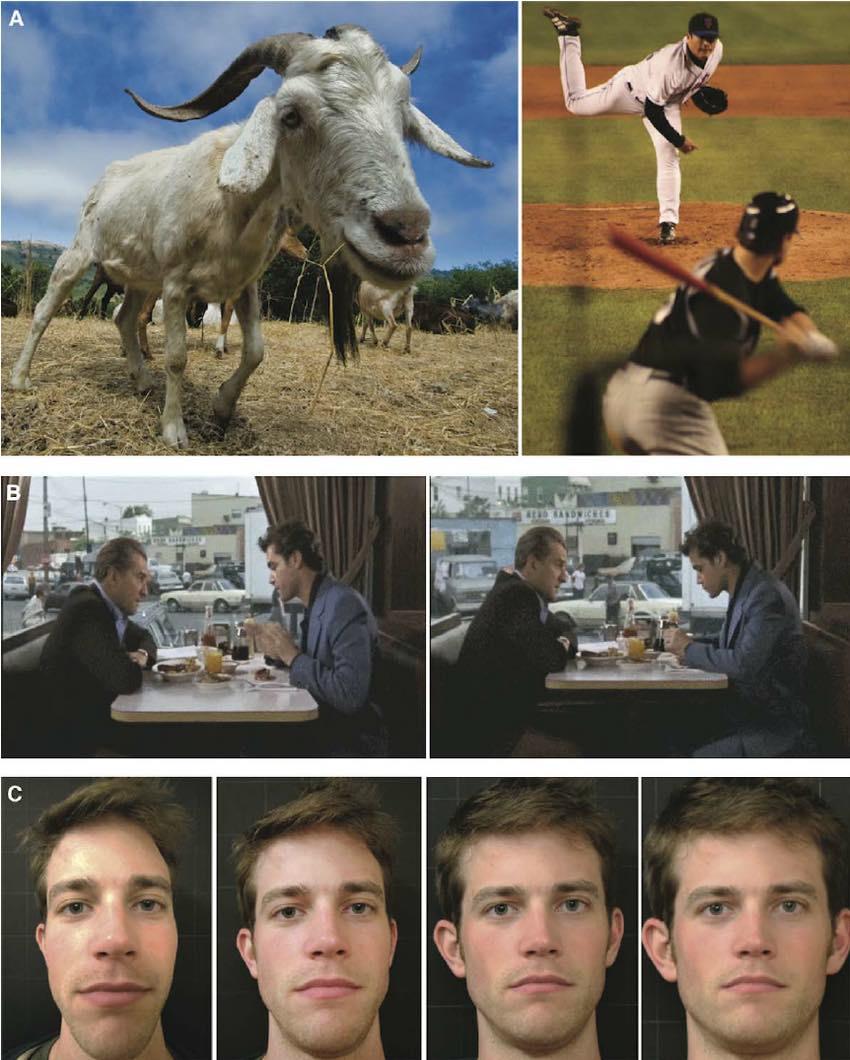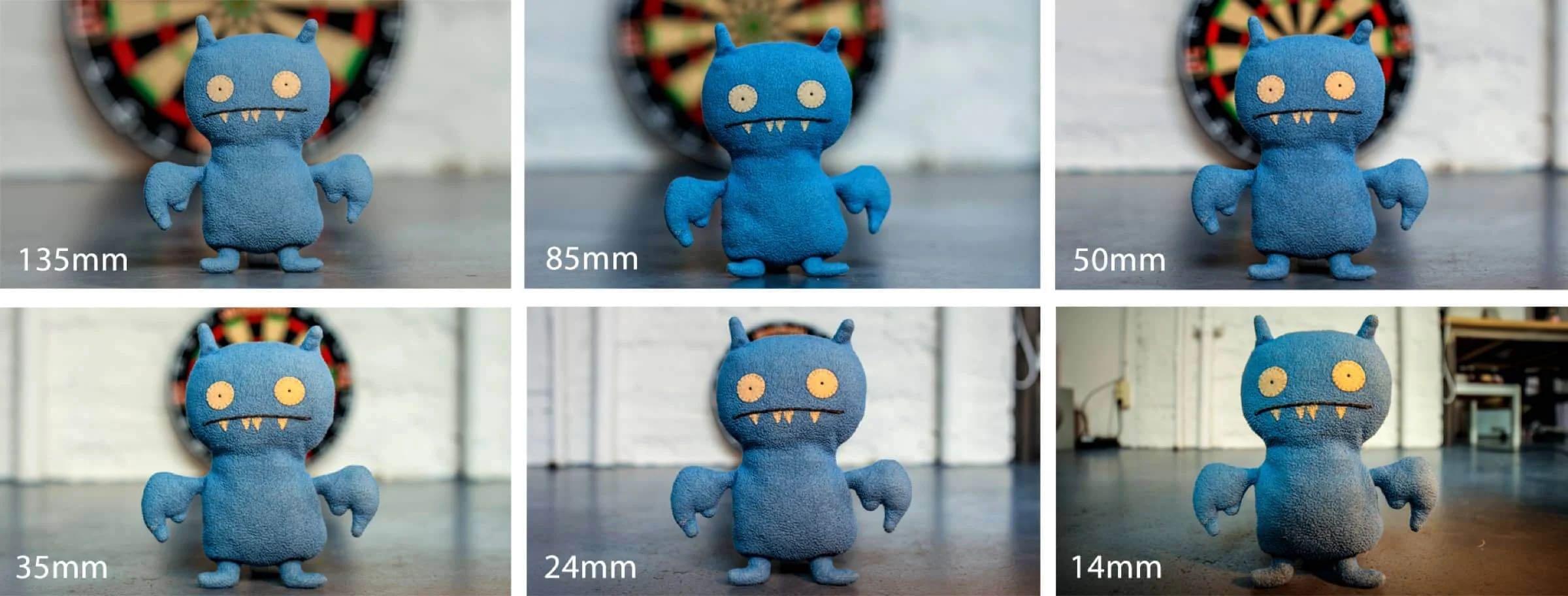Forum Replies Created
-
AuthorReplies
-
I liked to introduce myself to the people being followed around or interviewed, first name and that I’m the guy pointing a camera at them. During breaks I tried to get some very brief but light conversation with them. They’ll be less intimidated.
For coverage I liked to be very active on my feet. Let things play out in front of the camera without interrupting and try to get as many angles and frame sizes (zooms help with that) as possible. It’s a bit of a fine line as you should simultaneously try to be “invisible” and not distract the subjects. So I liked to stay away as far as possible from them – the closer I would get with the camera, the more I hindered them from being themselves, at least I came to believe that.
There are exceptions to this rule of course, inserts of a certain process that’s been talked about, when you might need a CU of a hand pushing a button and things like that. Also, people get used to being filmed after a time and then it’s less of an issue. But in general, I tried to be as unobtrusive as possible.
Very interesting, thank you!
I sometimes can’t even comment in a thread at all, mostly when I have already commented. I also sometimes have trouble logging in.
It’s a “too many redirects” error, not caused by my cache/cookies as I have this issue with different devices, browsers and when trying with deleted cookies/cache or even over a VPN.
That means it must be the website itself but is anyone else even having this issue?
As you suggest, he’s not right about digital not being able to do what he describes and I think it has been debunked enough by now.
Maybe he said it like this because it was an interview for Kodak 🙂
This year several companies brought out spotlight LEDs with power around 3500 Watt, which is roughly equivalent to 4K HMI or 12K Tungsten fresnel.
So still quite far from large HMI units.
I don’t think there is an interview where one of them explains their approach. As far as I know Clint is a very intuitive filmmaker. I could imagine that they based the overall look on what they both ‘felt’ was right. But I could also imagine that for some specific shots/scenes, like the last one you posted, they did dig a little deeper into light and shadow as a metaphor.
Wow, I listened to the episode back then but had forgotten also. It’s at the 25 min mark. They burnt 150 smoke cans that morning.
That would make sense! Maybe you can drop him a little Email 🙂
To the original poster, the plugin Scatter from Video Village does a great job of emulating diffusion filters, among them haze and fog filters. While it can never replace real fog, it could help balancing out continuity discrepancies between shots caused by sun and wind.
Given Klimov’s obsession with realism, which went as far as shooting live bullets over the heads of the actors (the cow in the picture above really was shot dead during the scene) and the quality of the fog, I think it may have been natural.


I’m not sure if this is what you ask but it will not react the same if you use different lenses. The longer the focal length, the more the image gets compressed, the shorter the more depth will be expanded and that will affect how large or small things appear in the foreground/middle/background (their relative size to each other), perception of depth and object distortion.
So Roger and Benicio didn’t talk to each other during the making of Sicario because they were both scared of each other, brilliant 🙂
September 4, 2023 at 12:57 am in reply to: Is the craft of lighting black and white different from color? #214906Sorry, I take back the B&W viewing finder recommendation, just tested my old one, it’s not working well enough on reds and yellows.
September 4, 2023 at 12:44 am in reply to: Is the craft of lighting black and white different from color? #214905I have to add, the viewing filter is still quite far from true B&W, it’s more like looking through a dense ND, but it could help someone not familiar with B&W get a feeling for what basically happens with colors in B&W.
September 4, 2023 at 12:35 am in reply to: Is the craft of lighting black and white different from color? #214904You might consider a B&W viewing filter to help judge contrast by eye (e.g. Tiffen T1 Black & White Viewing Filter). It’s also nice to just carry with you and look at things through it and get a feel for how colors work in B&W.
You might also consider color filters for the lens (red, green, yellow) to alter varying degrees of contrast, although some prior experience might be needed when using these.
-
AuthorReplies
